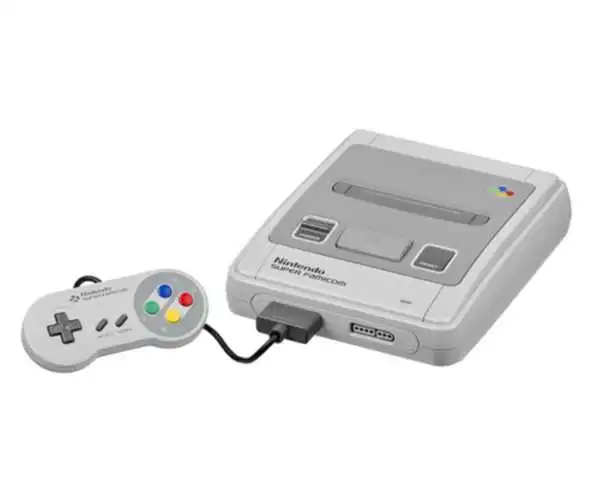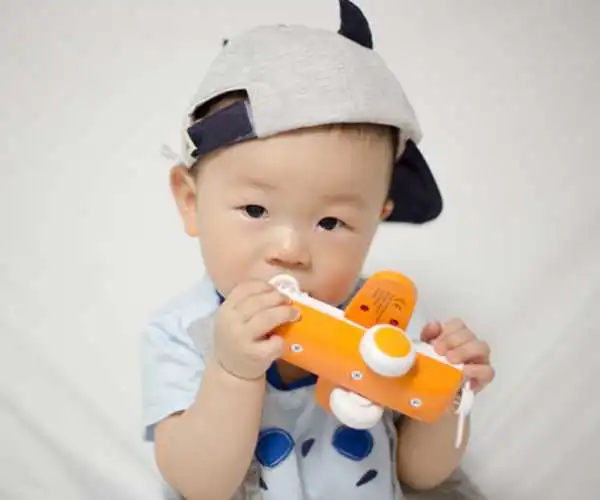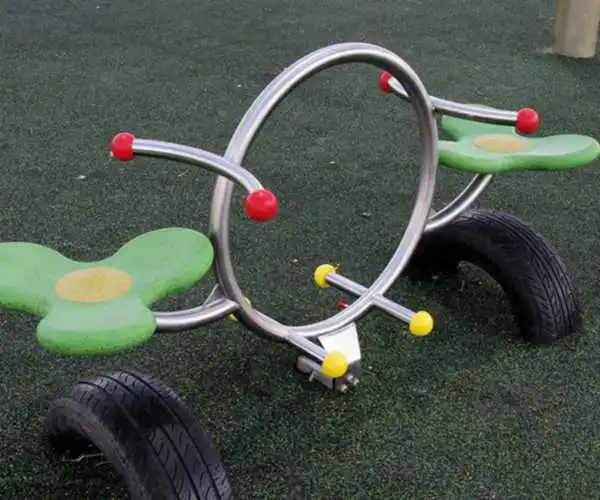
Test methods to know if the toys are compliant
Mechanical and physical properties
It is the responsibility of manufacturer to create products that do not stab, mangle, trap or choke children. Along with this, toys should come with safety warnings and symbols.
- It is imperative to create toys with high mechanical strength so; they do not break during use.
- Toys must be designed in a manner that extended out edges, protrusions, hanging parts do not cause physical injuries.
- No part of toy should make kids strangle themselves.
- The size of detachable parts must be large enough to prevent it from being swallowed.
Flammability
In order to make product more attractive and soft, manufacturers sometimes use elements which in turn make the product flammable. These products include doll houses, stuffed toys, fancy dress costumes, etc. This test method prohibits use of such flammable materials in toys. Moreover, it frames guidelines and ways to check fire safety of toys.
Toys should be manufactured using materials which adhere to the following fire safety guidelines:
- Toys and its parts should not catch fire or burn slowly if exposed to fire.
- Chemicals inside the games containing chemicals should not be of a composition that may explode when mixed with each other or are subjected to air or water.
Electrical properties
The directives guide the manufacturers regarding maximum voltage allowed in electric toys. The voltage of toys should not exceed 24 volts direct current (DC) or equivalent alternating current (AC). Moreover, electricity powered toys should not heat up the surface of the toy to a level where it may cause burn injury.
Ink migration
Nowadays, kid’s eatables come in packets with toys inside. If these toys are not compliant with the standards, inks might migrate into food items and cause contamination. This test ensures that no inferior quality inks are used on toys. The test is also applicable on feeding bottles, soothers and teethers used by infants.







